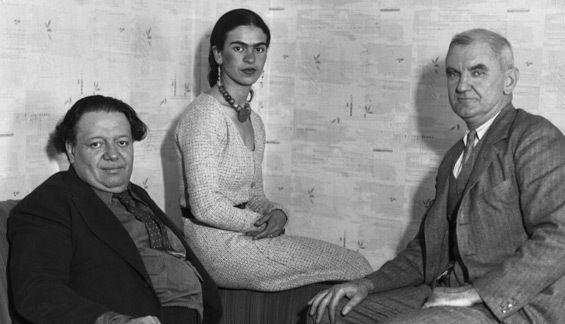Frida Kahlo: the pain of existence turned into art
Frida Kahlo has become a media figure and an emblem claimed by various social movements, such as sexual diversity, feminism, and people with disabilities, not only for her artistic work but also for her intense life





